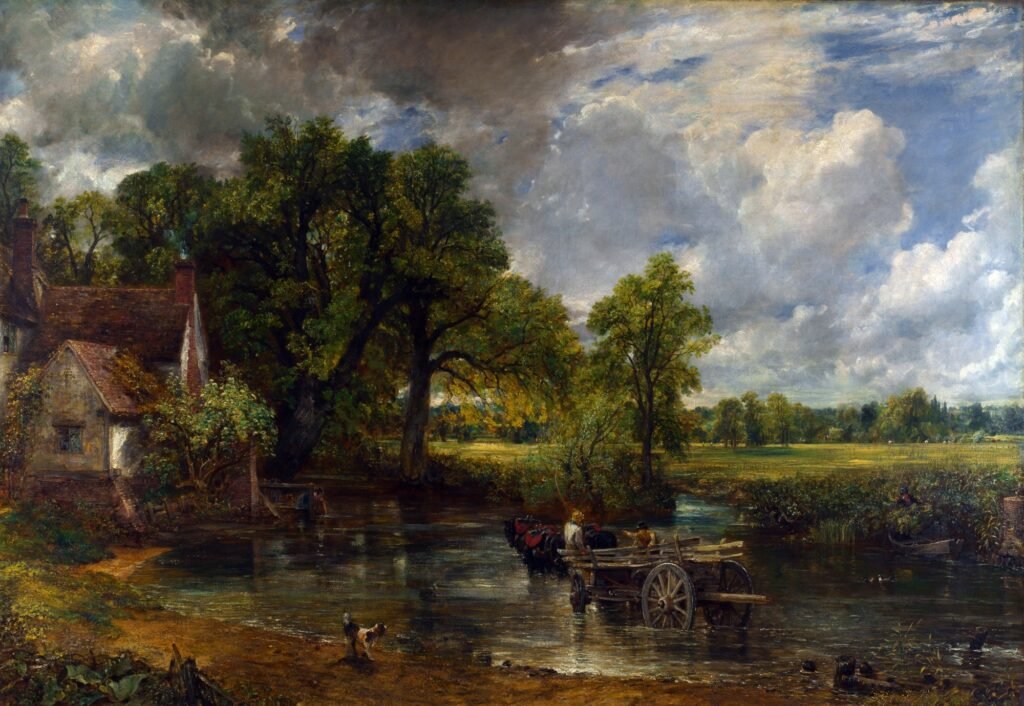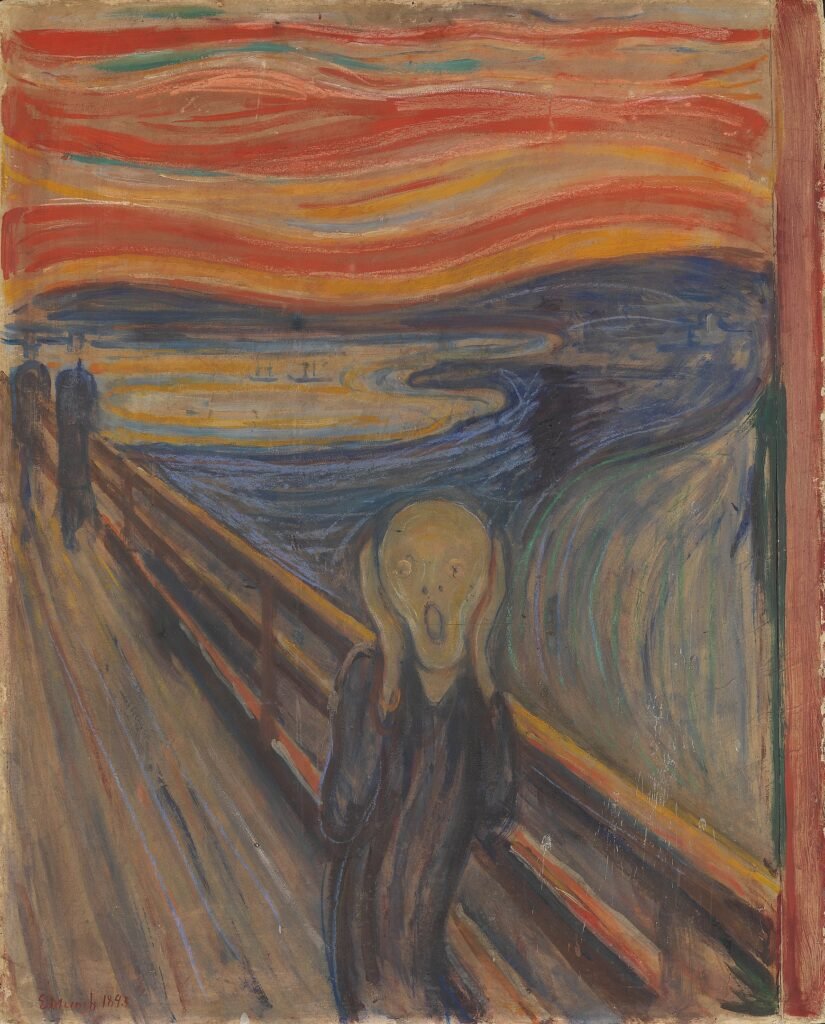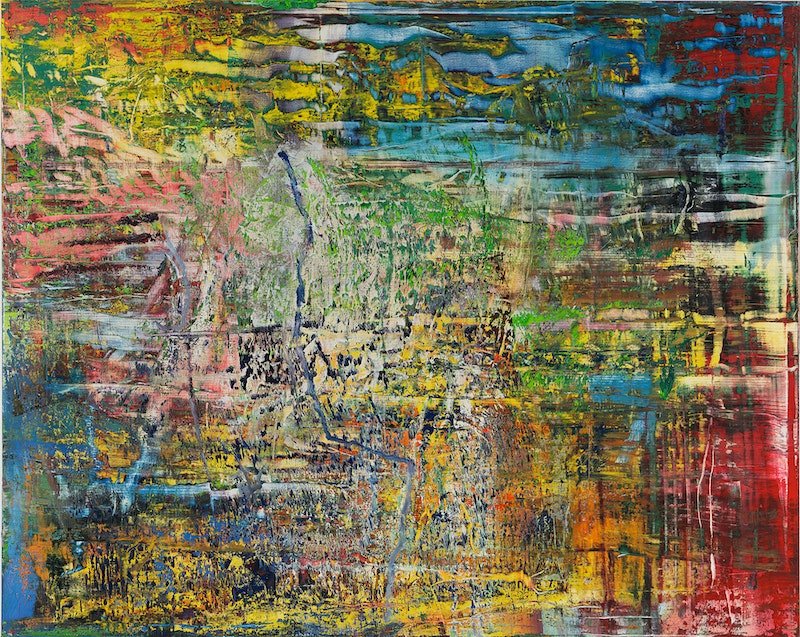Landscape painting has been a beloved genre in the art world for centuries. Artists have been captivated by the beauty of nature and have sought to capture its essence on canvas. Throughout history, different styles of landscape painting have emerged, each with its unique characteristics and artistic interpretations. In this blog, we will take you on a journey through some of the most prominent 7 types of landscape paintings, showcasing the diverse ways in which artists have portrayed the natural world.
1. Realism
Realism in landscape painting aims to depict nature with the utmost accuracy and detail. Artists in this style strive to capture the landscapes’ true colors, lighting, and forms. Prominent realist landscape painters include John Constable and Gustave Courbet. Constable’s “The Hay Wain” is a quintessential example of this style, portraying a picturesque English countryside scene with meticulous attention to detail.

2. Romanticism
The Romantic landscape painting style emerged in the late 18th and early 19th centuries. It often features dramatic, emotionally charged scenes that evoke a sense of awe and wonder in the viewer. Artists like Caspar David Friedrich and J.M.W. Turner are celebrated for their Romantic landscape works. Friedrich’s “Wanderer above the Sea of Fog” is a prime example, with a lone figure standing on a mountain peak, surrounded by a misty, mystical landscape.

Wanderer above the Sea of Fog – Caspar David Friedrich
3. Impressionism
Impressionist landscape painting is characterized by its emphasis on capturing the fleeting effects of light and color. Artists such as Claude Monet and Pierre-Auguste Renoir pioneered this style. Monet’s “Water Lilies” series, which depicts the serene beauty of his garden pond, showcases the Impressionist approach of using vibrant, broken brushstrokes to convey the changing qualities of light.

4. Post-Impressionism
Post-Impressionist landscape painters, including Vincent van Gogh and Paul Cézanne, expanded upon the Impressionist style. They often used bold colors and distinctive brushwork to convey emotions and subjective interpretations of nature. Van Gogh’s “Starry Night” is a prime example of Post-Impressionist landscape art, with its swirling night sky and iconic cypress tree.

5. Expressionism
Expressionist landscape painting takes a more abstract and emotionally charged approach to nature. Artists like Egon Schiele and Edvard Munch used distorted forms and intense colors to convey inner feelings and moods. Munch’s “The Scream” is a famous example that depicts a landscape in a state of turmoil and anxiety.

6. Surrealism
Surrealist landscape painting merges dreamlike and fantastical elements with natural scenes. Salvador Dalí, a prominent Surrealist artist, created landscapes that challenged reality and delved into the depths of the subconscious mind. “The Persistence of Memory” is one of Dalí’s iconic works, featuring melting clocks amidst a barren landscape.

7. Contemporary Approaches
In contemporary landscape painting, artists have continued to experiment with new techniques and concepts. Some incorporate elements of abstraction, while others blend traditional styles with digital media. Contemporary landscape artists like Gerhard Richter and Anselm Kiefer push the boundaries of what can be considered landscape art, exploring themes of memory, history, and the environment.

Landscape painting has evolved over the centuries, offering viewers a diverse range of artistic expressions that reflect the beauty and complexity of the natural world. Whether it’s the meticulous detail of Realism, the emotional depth of Romanticism, or the abstract interpretations of Surrealism, landscape art continues to captivate and inspire both artists and art enthusiasts. As we celebrate these various styles, we gain a deeper appreciation for the timeless allure of landscapes and the boundless creativity of artists who seek to capture their essence on canvas.



